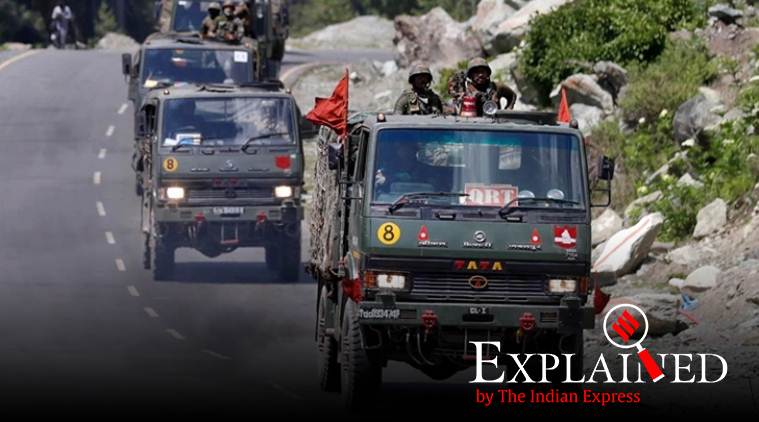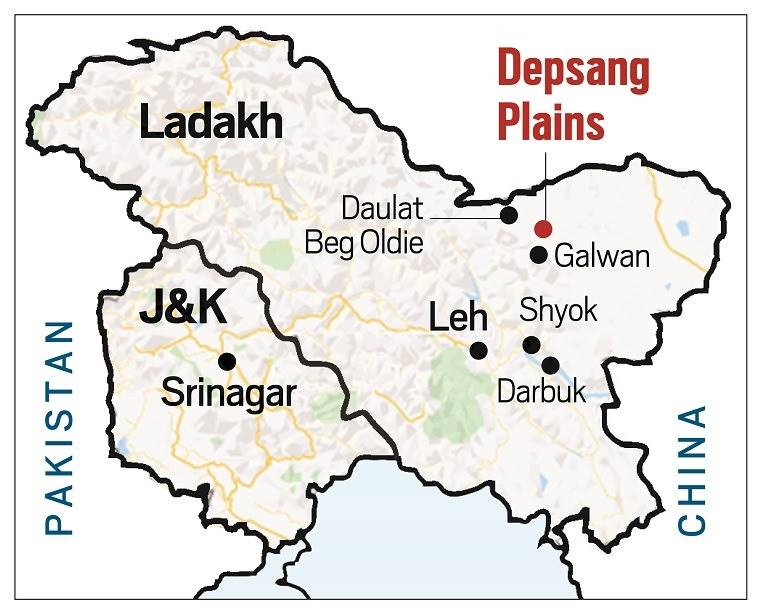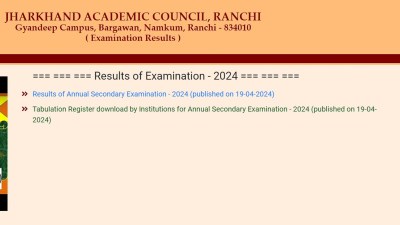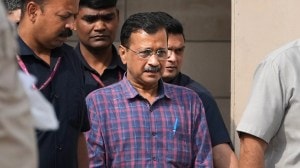- India
- International
Disengagement process: Why Army is cautious, will verify each step on the ground before taking next
As the India and China start repeating the disengagement process, the Indian side is doubly cautious in its insistence on verifying every single step in detail before moving to the next step.
 Indian Army trucks depart towards Ladakh amid the standoff between Indian and Chinese troops in eastern Ladakh, at Manali-Leh highway in Kullu district, Monday, July 6, 2020. (PTI Photo/File)
Indian Army trucks depart towards Ladakh amid the standoff between Indian and Chinese troops in eastern Ladakh, at Manali-Leh highway in Kullu district, Monday, July 6, 2020. (PTI Photo/File)
Even though Monday’s events constitute an important step in the disengagement process on the LAC between India and China, these will have no bearing on either the Army’s alertness levels or its preparations for long-haul deployment in the barren mountainous terrain of Ladakh. It will have to be prepared to deal with the new reality of the disputed border where blood was spilled last month after more than five decades.
The foremost reason for this is the high level of mistrust between the two armies caused by multiple incidents on the border over the past nine weeks. Following the first round of talks at the level of the Corps Commander, the two armies had started the disengagement process from Galwan sector but a dispute over the location of a Chinese observation post led to a violent clash on June 15.
The clash, which saw the death of 20 Indian soldiers and an unspecified number of Chinese soldiers, has left scars which are too fresh to be healed. As the two sides start repeating the disengagement process, the Indian side is doubly cautious in its insistence on verifying every single step in detail before moving to the next step.
Read | In Galwan, both sides agree: Troops step back 1.8 km, 30 soldiers each in tents
This means that the whole process of disengagement will be deliberate, time-consuming, and onerous. According to a senior Army officer, the first step in all ‘friction points’ will itself take two to three weeks, which will be followed by another round of talks between military commanders to arrive at the second step. This by itself forecasts an extended deployment period which could stretch into weeks, if not months, without any hitch being encountered during the whole process.

The Army is also concerned that each of these initial steps of disengagement is easily reversible by the Chinese troops as long as they remain deployed in strength close to the LAC. It means that the Indian side cannot afford to lower its guard at any point in time, or even contemplate any reduction in strength for this period of extended deployment.
 A map of Jammu and Kashmir and Ladakh. (Express)
A map of Jammu and Kashmir and Ladakh. (Express)
Even after the disengagement process is over, the process of de-escalation from rear areas will be equally cumbersome. The soldiers and heavy equipment will get de-inducted but only in phases and in numbers matched by the other side. Considering the quantum of troops, weaponry and equipment moved to the theatre, this will take a lot of time, again prolonging the deployment for the Army.
ExplainSpeaking | Both New Delhi and Beijing are weighing their options – what can they be?
The second reason for Army’s cautious approach is the situation in the Pangong Tso area, on the northern bank of the saltwater lake. In all the meetings till date, the Chinese side has so far not relented in its stance on Pangong, where it has constructed massive infrastructure and undertaken huge deployment eight kilometres on to the Indian side of the LAC.
Based on events in the area since last September, there are genuine apprehensions within the security establishment that the Chinese are intent on forcing India to agree to the new status quo at the lake. This means that Indians are denied the right to patrol up to Finger 8, as they have historically done, while the Chinese would have shifted the LAC westwards.
If this remains the case – and it is likely to be so – it will be unacceptable to India and remain a major flashpoint between the two armies. This could then erupt anytime and engulf the rest of the LAC as witnessed this May. It was on the night of May 5/6 that Indian and Chinese soldiers clashed violently on the banks of the lake, with major injuries on both sides, and the dispute did not remain localized to the Pangong area alone. It is to cater for any such eventuality that the Army will have to maintain both its strength and its alertness levels in the sector.
 Indian Army trucks on the Manali-Leh highway in Kullu district, Monday, July 6, 2020. (PTI Photo)
Indian Army trucks on the Manali-Leh highway in Kullu district, Monday, July 6, 2020. (PTI Photo)
The third reason is the creation of de facto ‘buffer zones’ as part of the disengagement process, even though they are believed to be temporary. These ‘buffer zones’ are areas of no-man’s land which end up denying Indian access to certain portions of the LAC, such as PP14, PP15 and PP17A. These PPs are points given by the high-powered China Study Group which must be touched by the patrols of security forces within a specified period.
The Army would like to regain full access to these PPs at the earliest as part of its primary role of ensuring territorial integrity. If the Chinese response, as and when Indian soldiers patrol up to these areas, is hostile or violent, a situation could soon emerge which warrants greater military involvement, an operational contingency it was not prepared for in the routine course.
It is for these reasons that the Army is viewing the current situation on the LAC in Ladakh as a long haul, where a return to the status quo ante of April remains only a distant goal. The Army has to be prepared for dealing with the new realities of the disputed border, and it means a high level of alertness, different preparations, and a fresh orientation. That new reality remains unaltered by Monday’s move of the two sides to step back some distance from Galwan.
More Explained
EXPRESS OPINION
Apr 19: Latest News
- 01
- 02
- 03
- 04
- 05








































